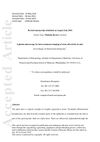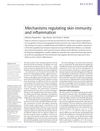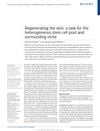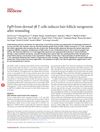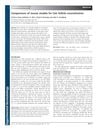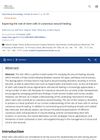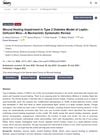Skin Wound Healing in Humans and Mice: Challenges in Translational Research
December 2017
in “
Journal of Dermatological Science
”
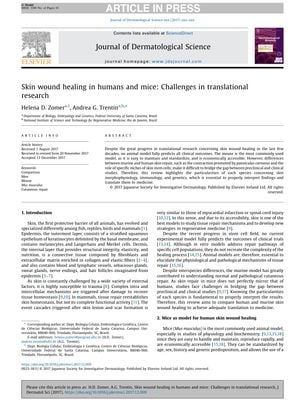
TLDR The document concludes that mouse models are helpful but have limitations for skin wound healing research, and suggests using larger animals and genetically modified mice for better human application.
The document from 2018 reviews the challenges of translating skin wound healing research from mice to humans, noting significant differences in skin structure, immune response, and genetics between the two species. It points out that mice have a panniculus carnosus muscle that aids in wound closure, which humans lack, and the presence of mouse-specific immune cells like DETCs. The review suggests using larger mammals like pigs for more physiologically similar studies to humans and discusses the use of genetically modified mice to improve translational research. Despite the challenges, the document acknowledges the usefulness of mouse models in identifying molecular pathways and testing drugs, with some success in human clinical trials. It also mentions the potential of humanized mice but recognizes the need for careful consideration and combination of different approaches to accurately apply findings to human medicine.

